
Turkey adopted a presidential system of governance after a referendum that took place on April 16, 2017.
The constitutional amendment package, approved by the Turkish nation last year with nearly 52 percent of the votes, consists of roughly 18 constitutional changes, including a presidential system.
The new system was supposed to be phased in by November 2019, following presidential and parliamentary elections on the same day. But the Turkish government has decided to go to the polls earlier than that, and the new system will enter into force with the June 24 elections.
Here are the differences between the old and the new systems:
Military interference ruled out
The main logic behind the changes is to curb the interference of the establishment to the elected government.
Turkey has witnessed seven major military interventions and several judiciary acts against the governments in the last six decades.
The Turkish military elites have forced four democratically elected governments from power since 1960, they court-martialled, imprisoned and even executed political figures including democratically elected prime ministers, intervening in civilian affairs.
Many Turkish politicians from both left and right wings expressed concerns about the military’s stance during their tenure, including the ones coming from a conservative background like current President Recep Tayyip Erdogan, who is head of the governing AK Party.
During the AK Party period, by the help of the popular support it has, the influence of the military on politics was reduced gradually. With the new system, it’s constitutionally guaranteed to prevent any possibility of military influence.

Erdogan previously brought the military chain of command under the authority of the Ministry of National Defence, which was once under the prime minister’s and the president’s command.
Under the new system, a performance of military service is no longer a requirement to be a parliamentary candidate.
For the first time in modern Turkish history, the military is subject to investigation by the civilian State Supervisory Council, a step that puts it on par with other executive branches.
The military courts are restricted to only disciplinary issues among military officers.
The jurisdiction of these courts which was defined very broadly beforehand will be transferred to civil courts.
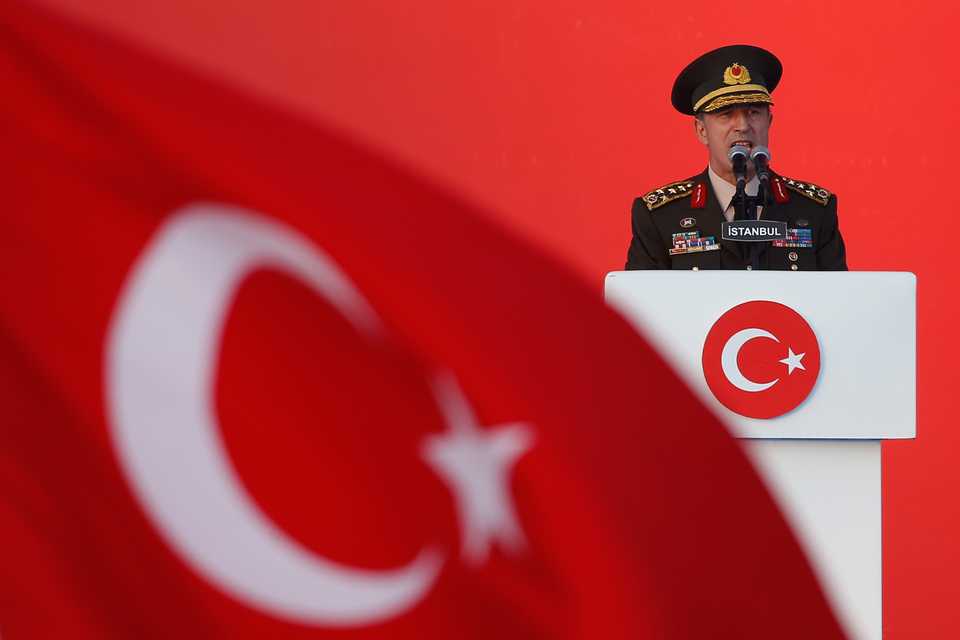
The two slots for military judges on the 17-seat Constitutional Court will be eliminated. The court now has 15 judges and all are civilians.
Three of the judges on the court will be appointed by the parliament, and the remaining 12 seats will be appointed by the president as before.
Martial law is also abolished for it was abused by the military elite in the past to return to military rule, a symbolic but meaningful repeal.
Not only will the military’s ability to interfere be reined in on June 24, the office of prime minister – the executive branch’s second powerful seat – will also be scrapped.
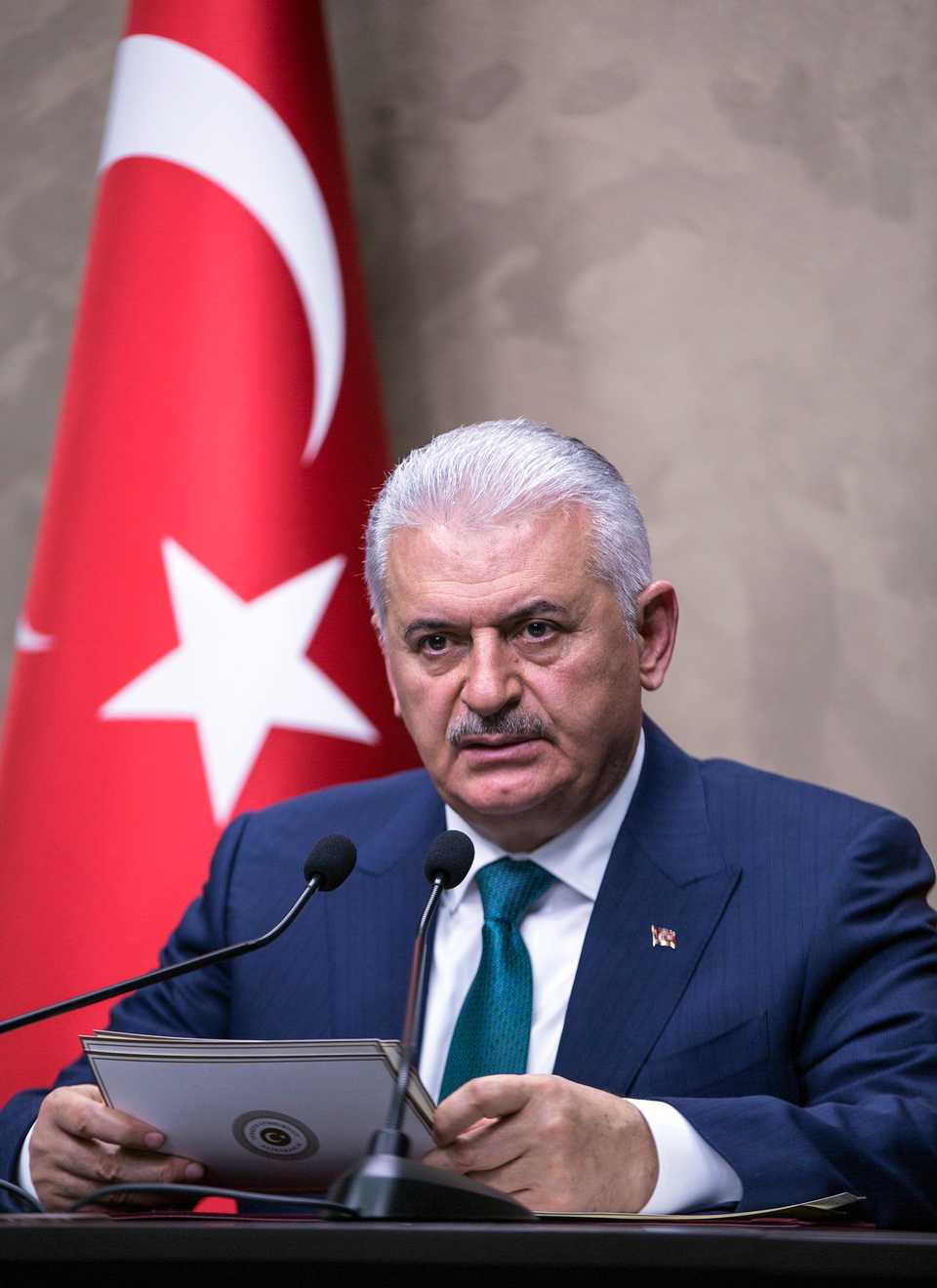
Premier’s office is abolished
The power of Turkey’s executive branch has been shared between a head of state and a head of government.
These two leaders from time to time have contradicted each other, which was seen as a cause of conflict and instability by some politicians.
Suleyman Demirel and Turgut Ozal – former premiers subsequently elevated to the presidency like Erdogan – both advocated a presidential system in Turkey with similar causes.
But neither had enough power to develop a proposal and pass it in the parliament.
With the new changes, the president is becoming head of government as well as head of state, absorbing all authorities and responsibilities of the prime minister.
The new post of vice president will be formed and cabinet members will be appointed by the president. The new system does not allow an MP to become a cabinet member. The number of the vice presidents is not given in the new law.
High-level executives of public institutions and university presidents will be also appointed by the president after June 24.
Presidential and parliamentary elections will be held on the same day every five years, both of them would be open to re-election requests.
There are two more noteworthy changes regarding the parliament. The number of MPs increases from 550 to 600, and the minimum age to run for the parliamentary election is lowered from 25 to 18.
There are some changes to the judiciary as well.
First, the judiciary, in addition to “independence,” has been defined as “impartial” in the new text.
And the Council of Judges and Prosecutors – the disciplinary body of the legal system – has been restructured.
The number of seats dropped to 13 from 22 and the justice ministry undersecretary is given a permanent seat on the board.
The board is comprised of the minister of justice, the undersecretary, seven members appointed by the parliament, and four members appointed by the president, from within the candidates.
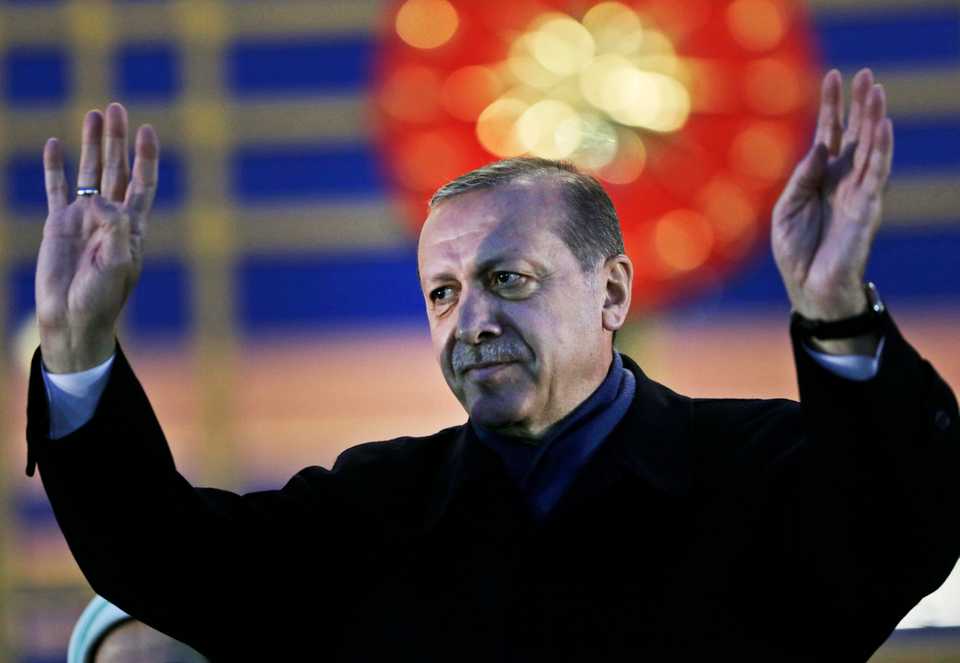
President’s office will have more power and responsibilities
Turkish citizens voted for members of parliament before the changes in the constitution. The head of the party who had majority became the primer minister and formed the government from MP’s.
The president, on the other hand, was elected by the parliament till 2014. For the first time in 2014, Turkish people went to the polls to elect their president, who was required to be nonpartisan.
With the new system, this nonpartisanship is removed, the president is able to retain ties to a political party.
According to the new system, as head of state, the president can declare a state of emergency in a number of regions or throughout the country for a period not exceeding six months.
It is to be published in the official newspaper and presented to the parliament to be approved.
The president can enact certain laws by decrees on issues pertaining to the executive area under the new system, leaving the regulation of basic rights and duties to the legislative branch.
But a presidential decree cannot be issued on topics that are regulated by the law.
If the parliament and the president issue laws or decrees on the same topic, the presidential decree becomes void.
Also, the parliament can bring presidential decrees before the Constitutional Court for review.
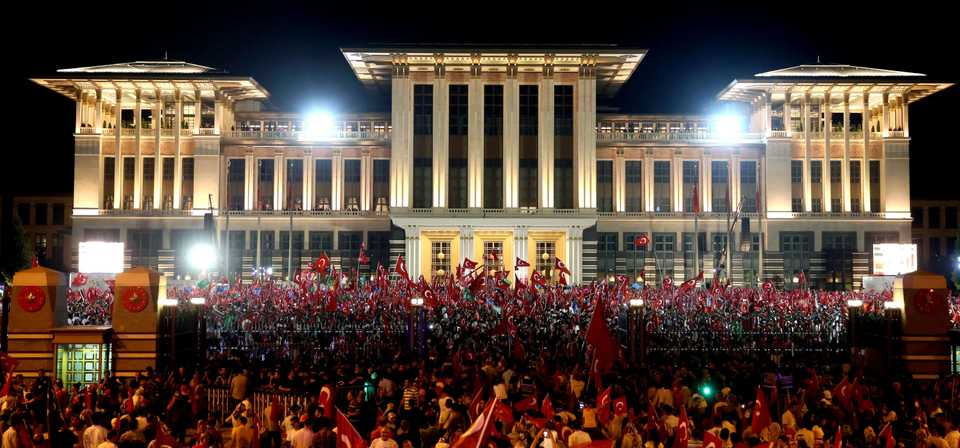
The annual state budget, previously set by the parliament, is now drafted by the president. However, it must be approved by the parliament.
If it is rejected, the previous year’s budget will be used temporarily with an increase of the revaluation rate.
The parliament loses its right to scrutinise ministers, but it holds the audit and monitoring mechanisms on the executive branch through parliamentary investigations, general debates and written inquiries.
Inquiries must be addressed by vice presidents and ministers within 15 days.
The parliament can also begin impeachment proceedings or investigation of the president with a majority vote of the MPs.
The president can be put on trial with a two-thirds majority of the parliament. If she/he found guilty, her/his term would end.
The parliament, with the votes of at least 360 MPs, and also the president can call for re-elections. In that case, both the parliamentary and presidential elections would be held on the same day.

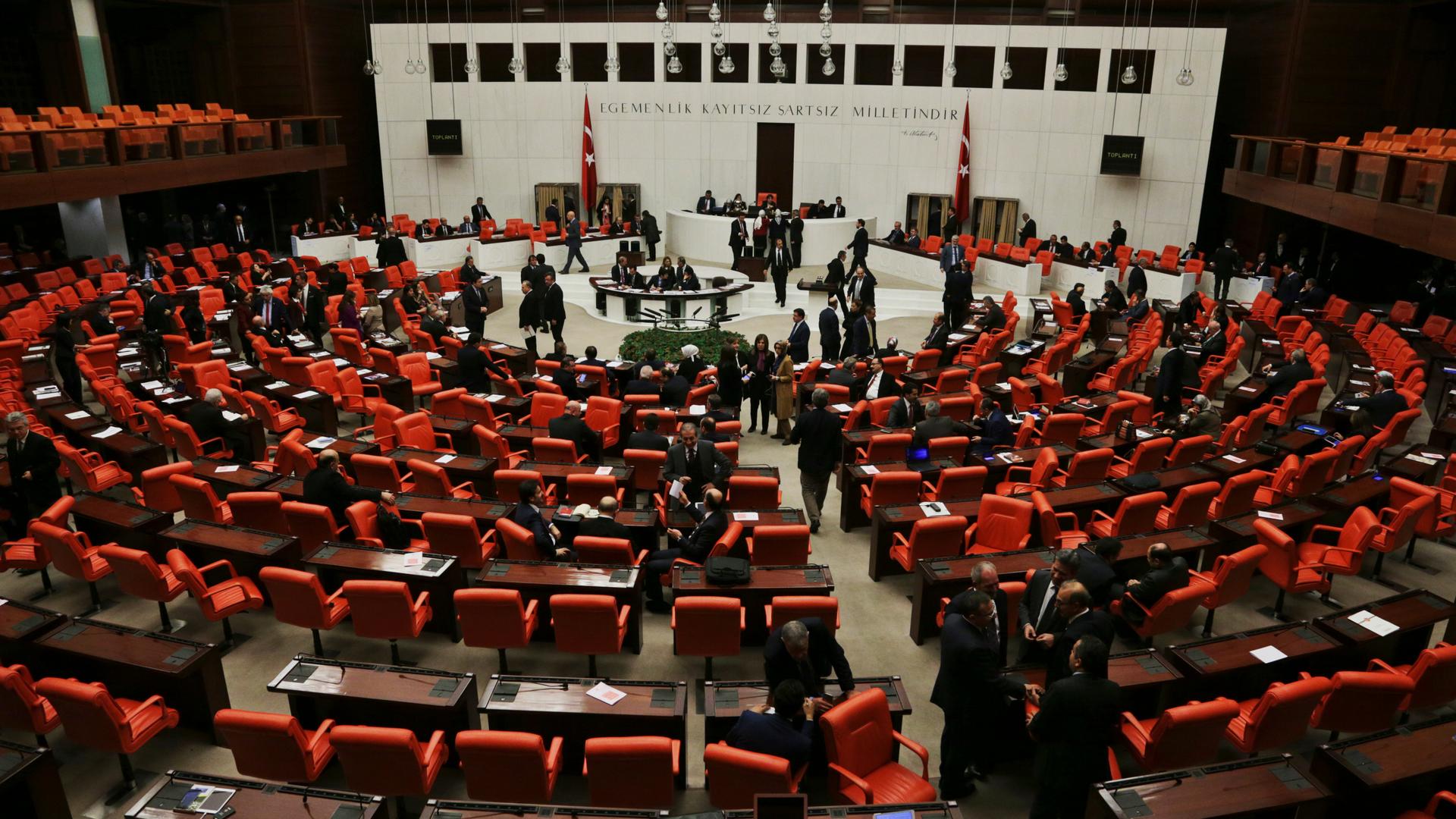








Discussion about this post